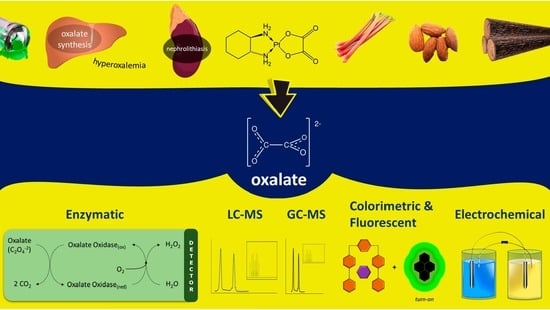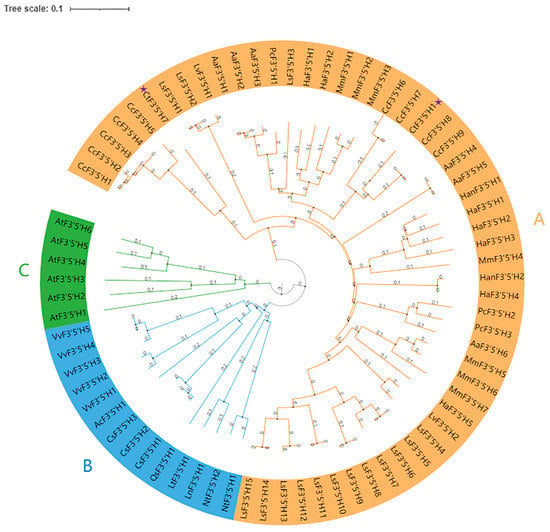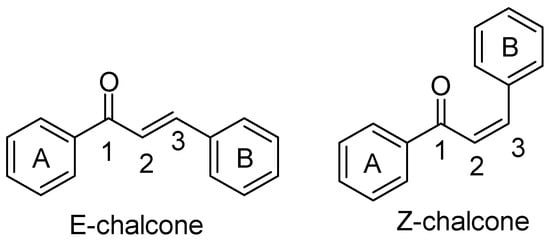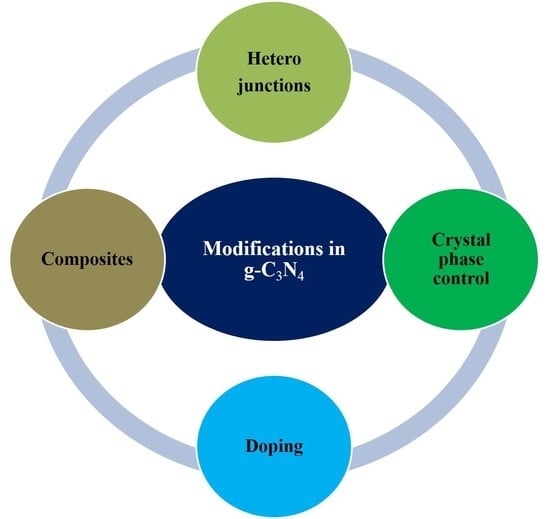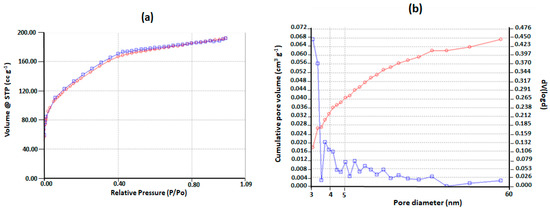Flavonoids are the most abundant class of secondary metabolites that are ubiquitously involved in plant development and resistance to biotic and abiotic stresses. Flavonoid biosynthesis involves multiple channels of orchestrated molecular regulatory factors. Methyl jasmonate (MeJA) has been demonstrated to enhance flavonoid accumulation in numerous plant species; however, the underlying molecular mechanism of MeJA-induced flavonoid biosynthesis in safflower is still not evident. In the present study, we revealed the underlying molecular basis of a putative
F3′5′H gene from safflower imparting MeJA-induced flavonoid accumulation in transgenic plants. The constitutive expression of the
CtF3′5′H1 gene was validated at different flowering stages, indicating their diverse transcriptional regulation through flower development in safflower. Similarly, the
CtF3′5′H1-overexpressed Arabidopsis plants exhibit a higher expression level, with significantly increased anthocyanins and flavonoid content, but less proanthocyanidins than wild-type plants. In addition, transgenic plants treated with exogenous MeJA revealed the up-regulation of
CtF3′5′H1 expression over different time points with significantly enhanced anthocyanin and flavonoid content as confirmed by HPLC analysis. Moreover,
CtF3′5′H1- overexpressed Arabidopsis plants under methyl violet and UV-B irradiation also indicated significant increase in the expression level of
CtF3′5′H1 with improved anthocyanin and flavonoid content, respectively. Noticeably, the virus-induced gene silencing (VIGS) assay of
CtF3′5′H1 in safflower leaves also confirmed reduced anthocyanin accumulation. However, the
CtF3′5′H1 suppression in safflower leaves under MeJA elicitation demonstrated significant increase in total flavonoid content. Together, our findings confirmed that
CtF3′5′H1 is likely mediating methyl jasmonate-induced flavonoid biosynthesis in transgenic plants via enhanced anthocyanin accumulation.
Full article
